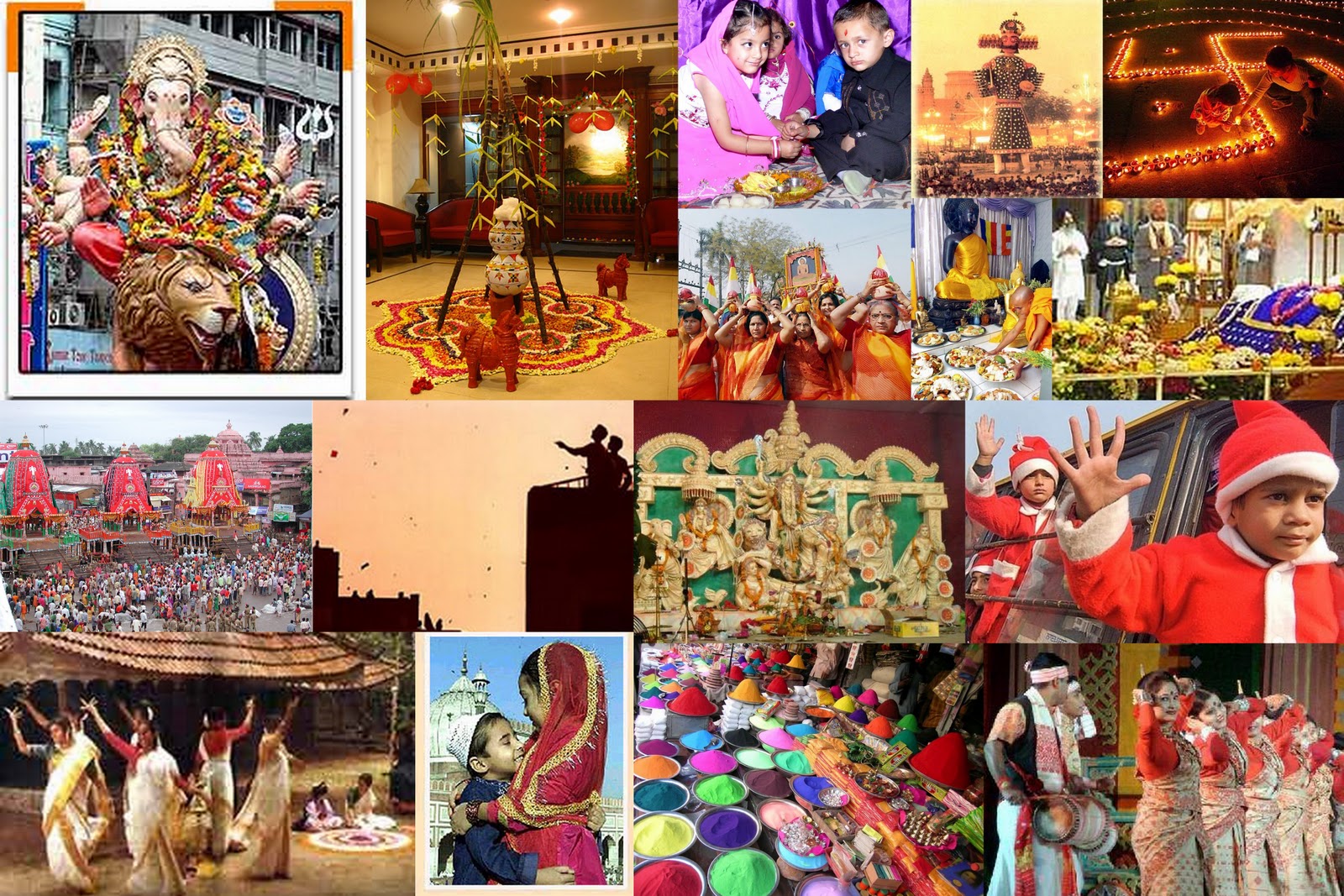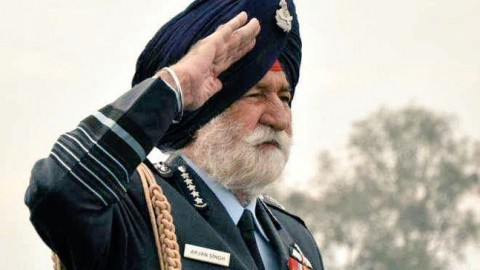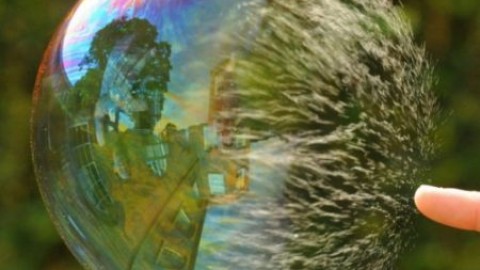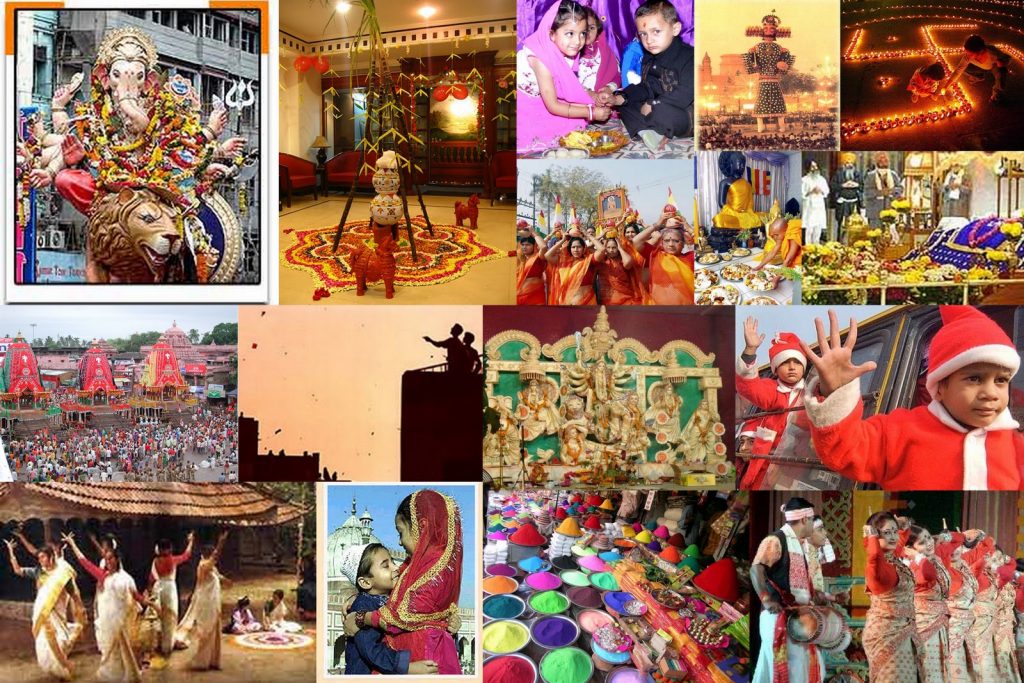
India’s cultural history goes back thousands of years. It is rich and incredibly diverse. Every part of India, every place that we, in the modern world, call a state, has its own background and history. And we have encouraged it, not tried to crush it to the ground. Perhaps this is also why when so many influences from the outside world reached us, whether in the form of friends and allies, or in a more cruel fashion as rulers, we embraced their culture. We absorbed it, instead of spitting it out. Of course, it’s not the first or last time this has happened, but what’s unique is that we did so without erasing what culture already existed. We’ve only added to our culture, never removed. With all this cultural diversity comes a plethora of festivals, each with their own music, colours, food, and traditions.
Predominantly a farming society, some festivals that originated in ancient India are closely associated with farming rituals, being an occasion that entire families would come together for good food and company. At the beginning of spring, in the lunar month of Chaitra, comes Gudi Padva-or Ugaadi, as called in the south- which signifies the start of the year and undertaking of new jobs. In the hot summer month of Baisakh, comes Baisakhi, laced with Bon homie of Bhangra and gulping down copious amounts of sweets. Farmers got down to preparing the land for the monsoon. In the rainy season, came festivals rooted in abstinence and purification of the body and mind after which came the harvesting festival, that is Diwali.
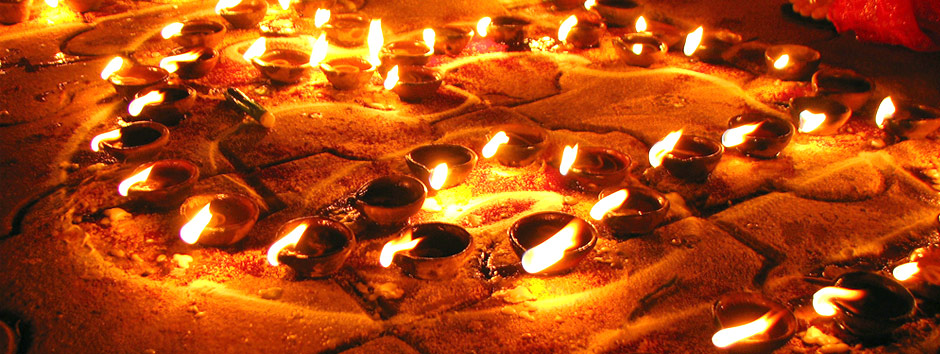
Festivals in India also celebrate ties with nature like Nag Panchmi, ties with family such as Raksha Bandhan and ties with society such as guru Poornima.
Being a multicultural populace for centuries, India has always celebrated Islamic festivals, majorly Eid, Milad un Abi, the Parsi festivals like Pateti and Christian festivals of Easter and Christmas, all with equal fervour and joy. Maybe not EVERY Indian celebrates these festivals, however, everyone respects them. It’s this respect that creates love and brotherhood among us, and what makes India a warm and welcoming home.
Eid al-fitr is the feast that follows the month long dawn to sunset fast of Ramadan, and indicates the beginning of the month of Shawwal. It’s a day of praying, followed by celebrations of joy and togetherness, when everyone wishes their loved ones with a hug. The magnificent feast consists of delicacies like sheer kurma and other good stuff. Buying gifts is also a part of the celebration, and children are given Eidi, that is money to get something for themselves.
Christians celebrate Easter, which is preceded by forty days of fasting or penance, renouncing something that can make you gluttonous. This period is called Lent. Easter is celebrated by both the young and old, with activities like an egg hunt, as well as attending special mass. And by the end of the year rolls around Christmas, which celebrates the birth of Jesus Christ. Special Christmas dinner is made in every house, gifts are exchanged among family and friends, along with singing of carols and hymns.
Across religions, the pattern of abstinence followed by merriment can be observed. Festivals fulfil the human need of cleansing one’s mind and body and the desire to enjoy with one’s near and dear ones. No matter what religion one may belong to, the core values of goodness, cherishing each other, and being thankful to the higher power for life’s riches remain the same.
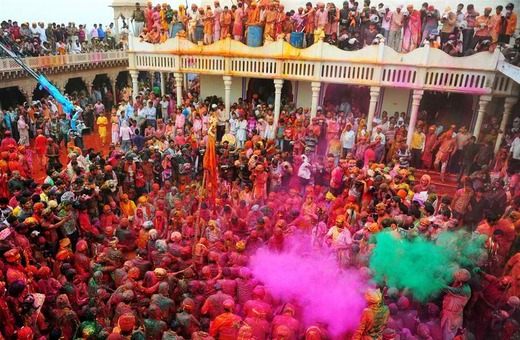
In a multicultural, multilayered society like India, almost everyday is a festival. But as time goes on, celebration has gone beyond the religious core, and now is a way for people to come together, share and experience the uniqueness of every festival, and rejoice in the feeling of community.
As I write this, the air is redolent with the combined aroma of savouries being fried and firecrackers going off into the chilly night. Have a happy and safe Diwali!
[Written By Madhurima Khadilkar]
Tags: Diversity of Festivals Festivals in India Festivals of India

